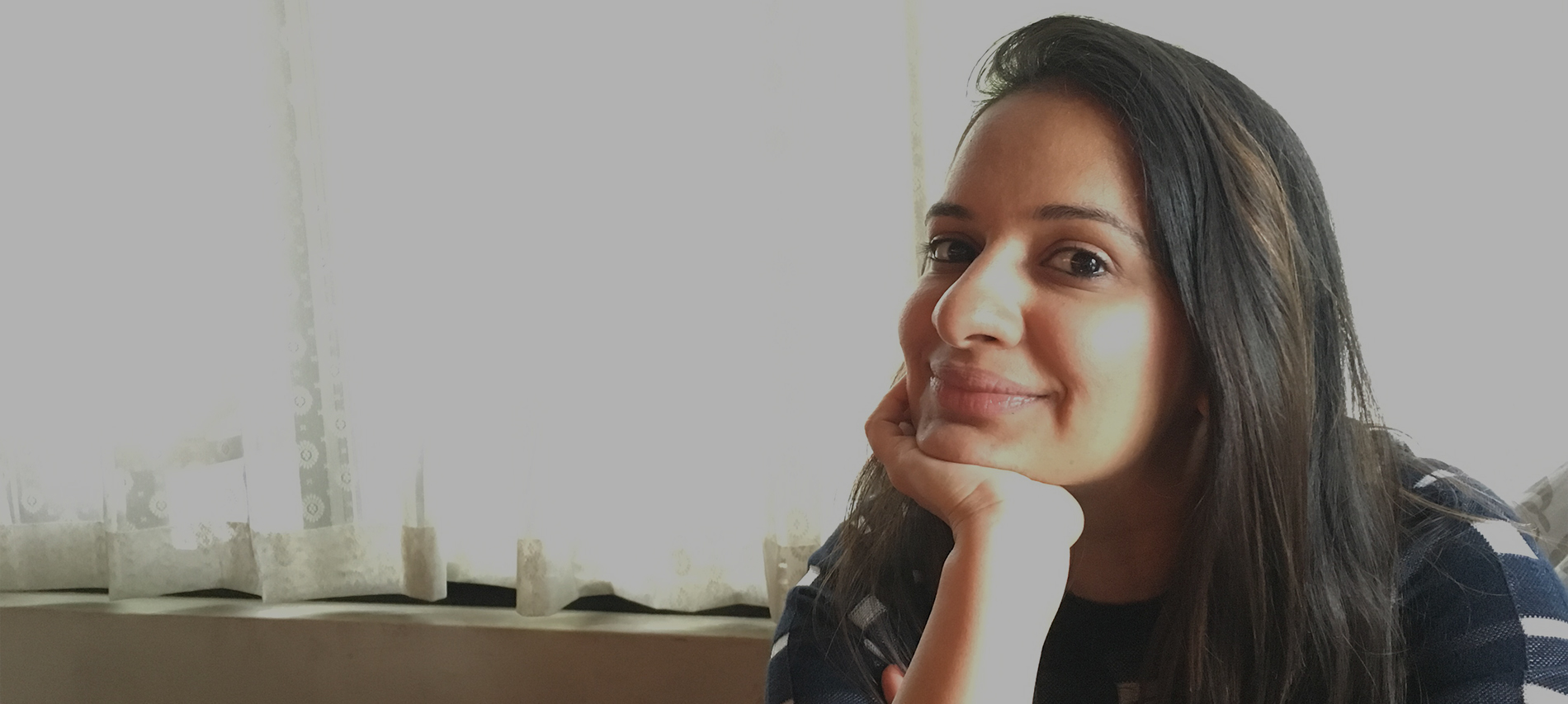By Sakshama Puri Dhariwal
‘Did you know Dadi loved reading Mills and Boons?’ Nidhi asked. When he shook his head, she continued, ‘She used to wrap the books in old newspaper and when I asked her why, she said it was because of the “sex scenes” on the cover. The year I turned thirteen, I couldn’t resist any more, so I stole one of her books and peeled back the newspaper. The cover had an illustration of a bare-chested man and a well-endowed woman. And do you know what they were doing?’
Enamoured by her infectious enthusiasm, Vikram gave her a curious smile. ‘What?’
‘The man was kissing the woman’s neck. So, for the longest time, I thought necking is how babies are born,’ she admitted with an embarrassed laugh.
This scene from Man of Her Match was inspired by real life. My grandmother did conceal her love for romance novels behind old newspapers. My mother loved them too, but conditionally – Barbara Cartland and Nora Roberts always found a surreptitious spot behind Erich Segal and Arthur Hailey. A voracious reader, her love for books transcends genre – she enjoys the classics and literary fiction just as much as her monthly copy of Filmfare and Vogue. So, while I inherited her love of reading, I unfortunately also imbibed the belief that romance was ‘less than’ science fiction or adventure, or even, sadly, recipe books.
In Delhi University, a classmate told me that she loved Judith McNaught. Instead of admitting to my own collection of the bestselling author’s books, I feigned disinterest and promptly turned away to join a different conversation about Murakami. In business school, while my batch mates were devouring biographies of Jack Welch and Warren Buffet, I was skipping lunch to finish the latest Sophie Kinsella novel.
When I discovered digital readers, I started reading a few books a week. And while I left alone the ‘acceptable’ books in my reading history, I deleted the romance novels – lest someone pick up the device and judge. It was, I realize now, the digital equivalent of covering books in newspaper. Because admitting to enjoying such books made you less of an intellectual and worse, less of a feminist. How strange these self-imposed rules are: reading Jane Austen is okay because her books are classics, but a historical romance – even one featuring a suffragette or scientist – is automatically dismissed as ‘trash’ or sometimes euphemistically, ‘guilty pleasure’.
When I tell people I’m a writer of romantic comedies, most of them express admiration. But every once in a while, someone will scoff, “Chick lit, you mean!” or wiggle their eyebrows and ask if there are any good sex scenes in the book. Laughing off such comments would make me a traitor to my profession. And to my gender.
Though people can deride the genre all they want, they cannot dispute the reading revolution that romance authors have brought about. In India, a bestselling book would need to sell 7,000 copies in the first few months, whereas the New York Times bestseller list features books that have sold 9,000 copies in the first week. And yet the first print run for many Indian romance writers is in lakhs. In a country where English is the second language for many people (and a foreign language for most), writers of this genre have done what others failed at: encouraging the reading habit in a land of non-readers. Ironically, the very first English novel read by young people is romantic fiction and instead of hiding these books behind newspaper, readers are flaunting them on their Facebook profiles.
What is it about these books (and movies) that makes them palatable to the Indian reader? Surely the relatively uncomplicated plots and simple language play a role. But another very important element is the persistent presence of the HEA (happily ever after) phenomenon. Historically speaking, HEAs sell. And the reason these feel-good stories sell is just that: they feel good. But while the last century saw several romantic films win Best Picture Oscars (It Happened One Night, Gone With the Wind, Casablanca, The Apartment, West Side Story, My Fair Lady, Annie Hall), the most recent film to receive that honour was Shakespeare in Love – almost 20 years ago!
Clearly, a large proportion of content consumers today prefers more realistic storytelling and more relatable characters. Take the Netflix show Black Mirror: it is a bleak but believable British science fiction series that warns the viewer about the degree of human perversion and decrepitude in light of changing technology. Or the Hulu show Casual: a dark comedy that navigates the world of casual dating, teenage angst, and the modern definition of sex and sexuality. Both shows are very successful even though both don’t walk the HEA line.
But in a world like the one we live in today, are readers and viewers truly ready to forgo HEAs? Breaking Bad may be touted as the best TV show ever made, but does that stop us from watching reruns of Friends? You could be counting the minutes to the new Game of Thrones season, but can you honestly say that you don’t hold your breath during the DDLJ climax even today, hoping that Bauji will let Simran go to Raj? On a rainy day, with chai and pakoras, the book I like to re-read isn’t 1984, it’s Pride and Prejudice.
Happy endings are much like comfort food – on a bad day, it’s the only thing that can make you feel better. Happiness, even vicarious happiness, offers us an escape from these troubled times. Which is why, even though I grew up embarrassed of reading romance novels, I am proud to write them.
Sakshama Puri Dhariwal is the author of the bestselling novel The Wedding Photographer. Man of her Match is her second novel.








